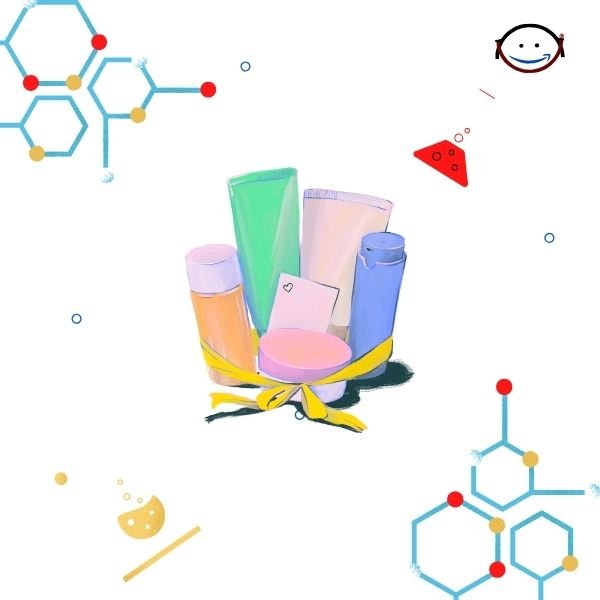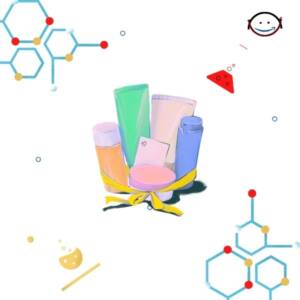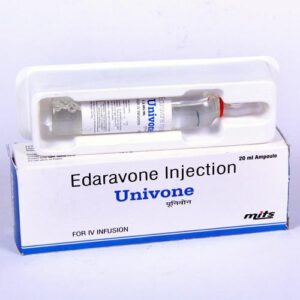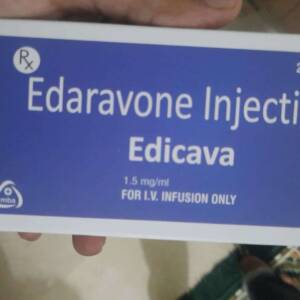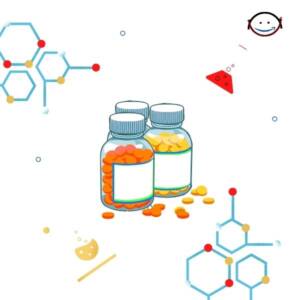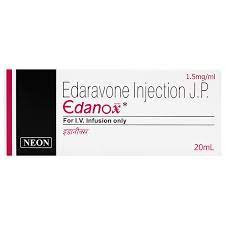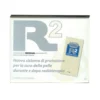-
K18 Leave-In Molecular Repair Hair Mask ₦125,733.35 QTY: 1
-
BECTODINE 10GM POWDER ₦1,118.00 QTY: 2
-
ACNEWAR 15GM GEL ₦5,403.75 QTY: 1
-
5 Mono 10mg Tablet 10?S ₦23,800.00 QTY: 1
-
Star Medical WaterJel - R2 Soothing Lotion 172 Sachets ₦101,536.00 QTY: 1
Customer matched zone "Lagos Delivery Options"
Sort by:
54321–54336 of 174026 Results
-
-
-
-
SaleSku: 1737120638-6939
EDARABID 1.5MG INJECTION
₦18,750.00Original price was: ₦18,750.00.₦15,468.75Current price is: ₦15,468.75.₦18,750.00Original price was: ₦18,750.00.₦15,468.75Current price is: ₦15,468.75. Add to basket Quick View -
Edaravone injection is used to treat amyotrophic lateral sclerosis (ALS, Lou Gehrig's disease; a condition in which the nerves that control muscle movement slowly die, causing the muscles to shrink and weaken). Edaravone injection is in a class of medications called antioxidants. It may work to slow the nerve damage associated with the worsening of ALS symptoms.Sku: 1718809248-885
Edaravone Injection
₦150,000.00 -
EDARAVONE INJECTION FOR IV INFUSION 20ML AMPOULESku: 1720441687-112
EDARAVONE INJECTION FOR IV INFUSION 20ML AMPOULE
₦0.00 -
-
-
-
SaleSku: 1737120610-6938
EDASTAR INJECTION 20ML
₦22,930.00Original price was: ₦22,930.00.₦18,917.25Current price is: ₦18,917.25.₦22,930.00Original price was: ₦22,930.00.₦18,917.25Current price is: ₦18,917.25. Add to basket Quick View -
-
-
SaleSku: 1737120582-6937
EDAVIT INJECTION 20ML
₦15,250.00Original price was: ₦15,250.00.₦12,581.25Current price is: ₦12,581.25.₦15,250.00Original price was: ₦15,250.00.₦12,581.25Current price is: ₦12,581.25. Add to basket Quick View

